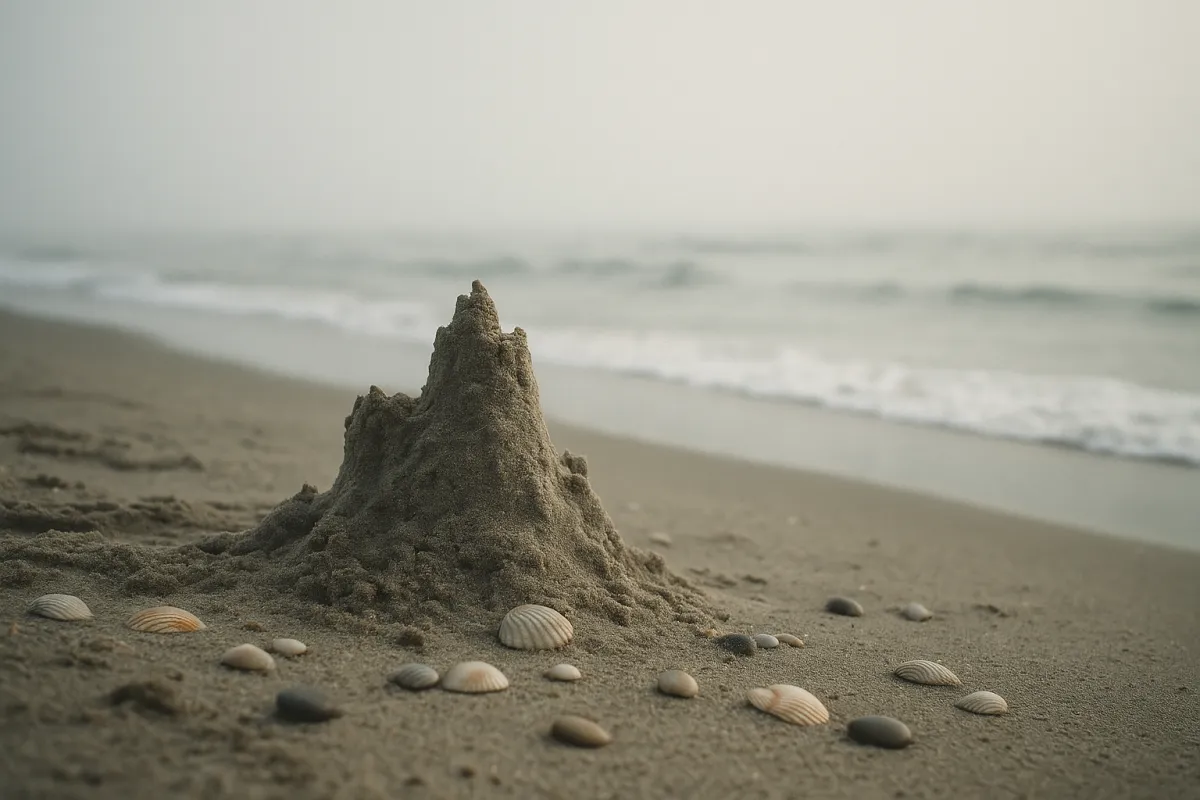
Impermanence
Thich Nhat Hanh on Impermanence
In the vast tapestry of human thought, few ideas are as universal as impermanence. In Buddhism, the principle of anicca reminds us that all things are in flux, shifting and dissolving moment by moment. Zen teacher Thich Nhat Hanh reframes this truth—not as a source of sorrow, but as an invitation to see beauty in change itself.
Imagine standing at the edge of a river, watching its surface ripple and shift. No two moments are the same; the water that passed a second ago is gone forever. This, Hanh teaches, is life. Mountains erode, flowers bloom and wither, and even our deepest joys and sorrows transform. Science echoes this: our bodies continually renew their cells, species evolve, stars are born and die. The universe itself is a grand symphony of impermanence.
Rather than despair, Hanh invites us into gratitude. To recognize change is to be fully alive in the present moment. Each smile, each breath, each passing cloud is precious precisely because it will not last. Empires rise and fall, and still a child’s laughter carries meaning in its briefness. Impermanence is not loss—it is what makes life vivid.
Nature reflects this lesson everywhere. The seasons shift, tides ebb and return, leaves unfurl then drift away. To walk outdoors is to witness impermanence not as a theory but as lived reality. Beauty lies not in permanence but in fleeting moments: dawn’s first light, a bloom at its peak, the hush before rain.
Thich Nhat Hanh teaches that embracing impermanence deepens compassion. If all things are transient, we learn to hold lightly, to release attachment, to love fully while we can. Suffering lessens when we accept the ebb and flow rather than clinging to what must change.
Perhaps nothing embodies this more than a sandcastle. Built from grains, water, and imagination, its fate is certain: to be reclaimed by the tide or scattered by the wind. Yet this inevitability heightens its meaning. Each curve, each shell placed with care, becomes an act of mindfulness. The joy lies not in how long it lasts, but in the wonder of its creation.
So too with life. Our experiences, relationships, and achievements are temporary, but not diminished. Their impermanence calls us to gratitude. Like sandcastles, they remind us to live fully, love deeply, and let go gracefully. In this way, impermanence is not a threat but a gift—a gentle teacher showing us the art of being present.